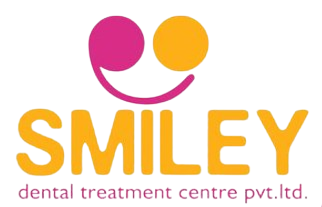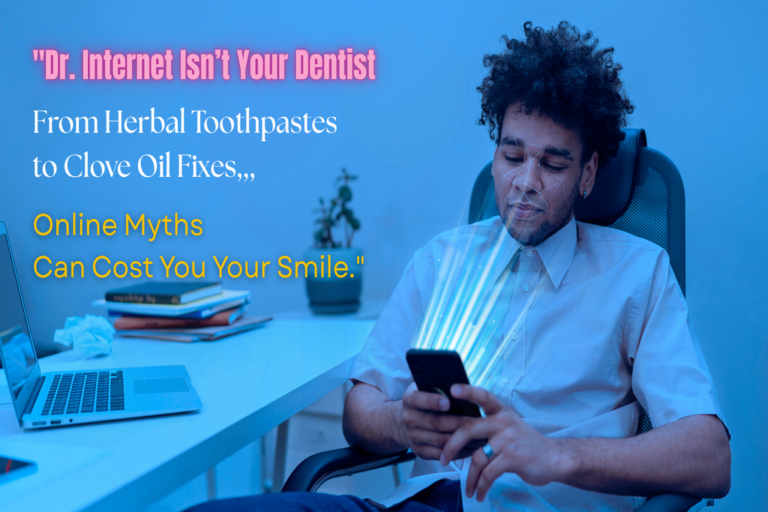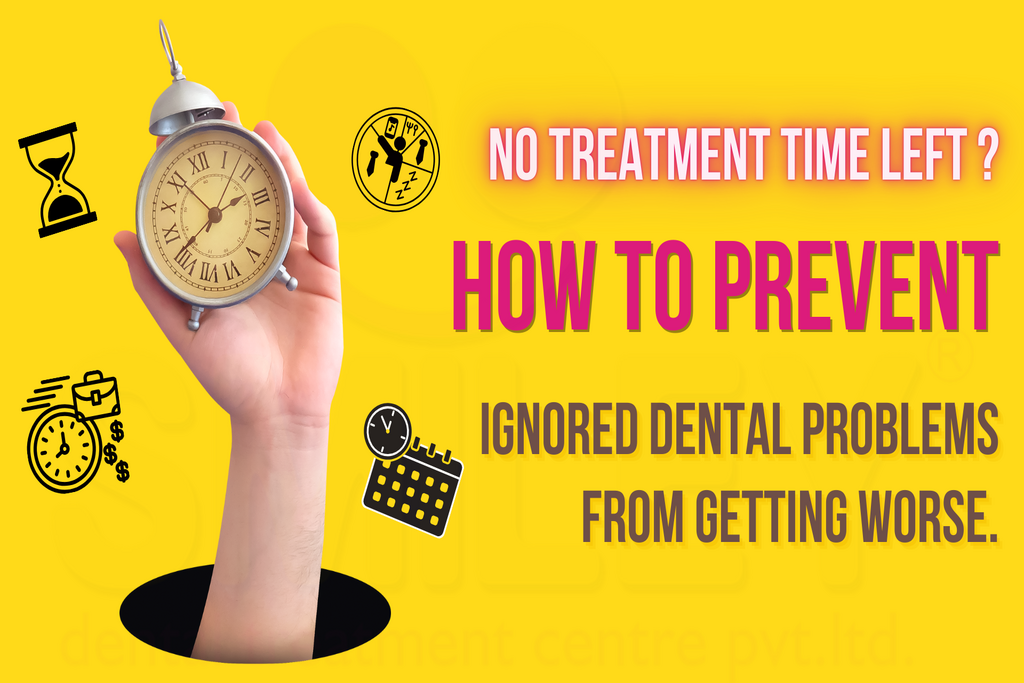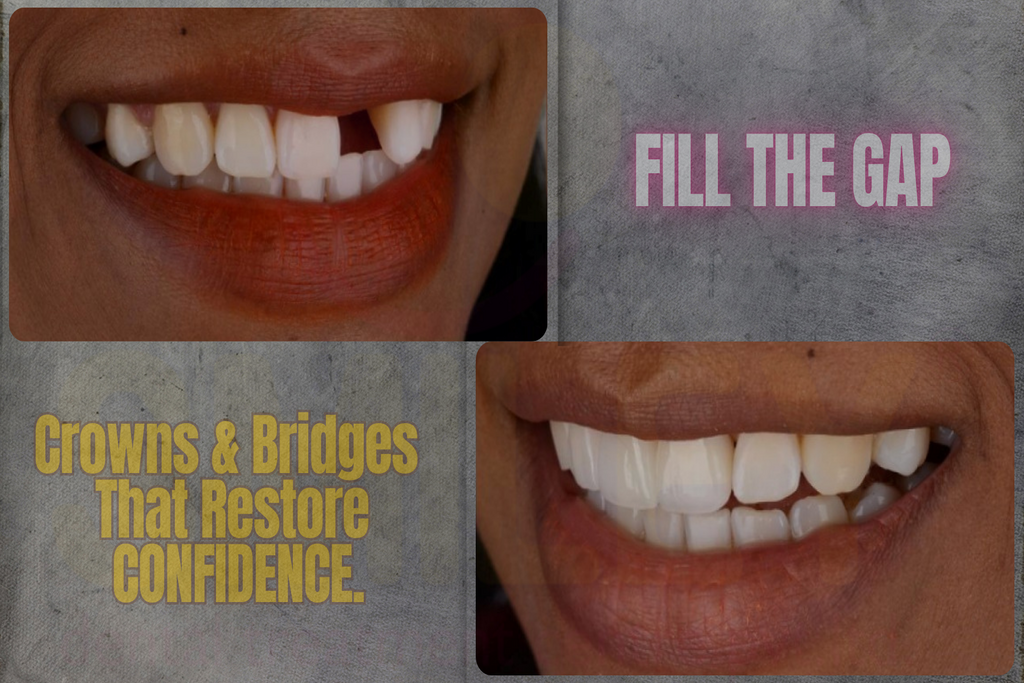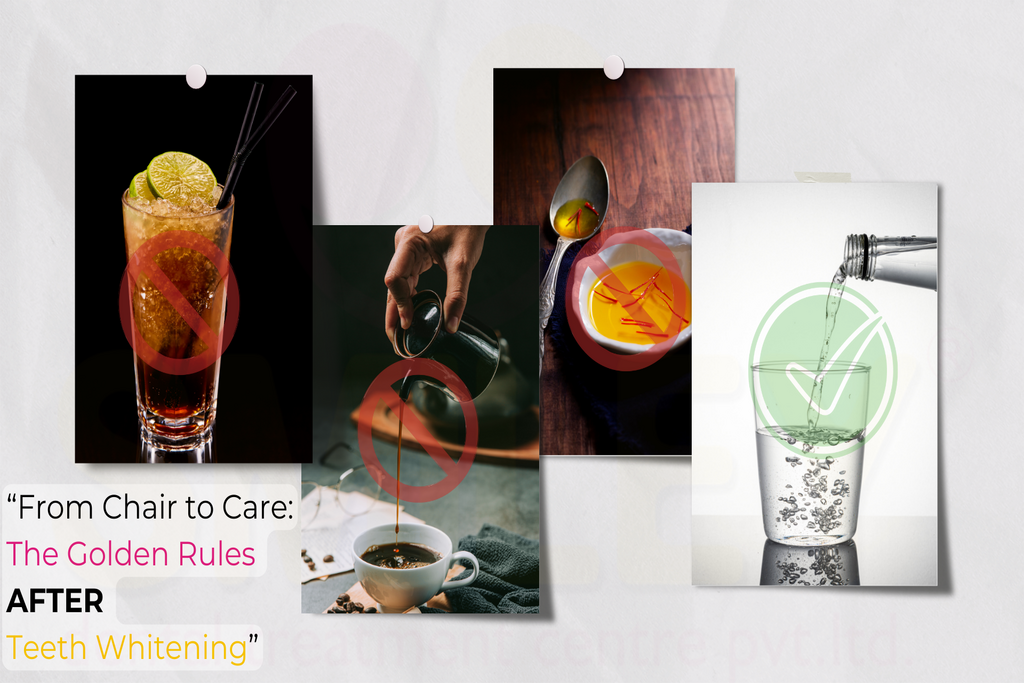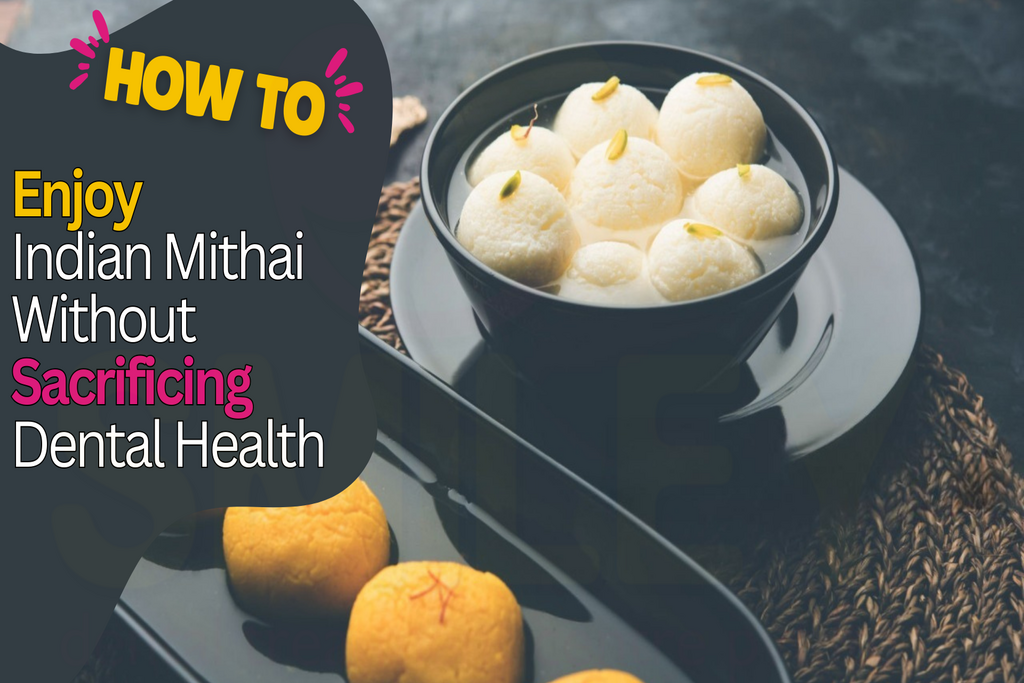When Self-Diagnosis Becomes the New Normal
Every second person today relies on the internet to self-diagnose. You feel a mild toothache? You type it in. The search engine gives you a range—from “it’s nothing” to “you’re dying.” And between those results lie a sea of half-truths, outdated theories, commercial blogs, and sponsored content.
For India’s growing population of educated and quality-conscious individuals, this leads to dangerous delays or unnecessary panic. Dental clinics across India are seeing more patients who either misdiagnose themselves—or worse, ignore real issues because online content said it’s normal.
Online Trends That Confuse More Than Clarify
Here are some real, common examples:
- “Tooth pain means you need a filling” – Not always. It could be deep decay, pulp infection, cracked tooth syndrome, or even referred pain from sinusitis (Patil et al., 2015).
- “Gums bleeding? Use herbal toothpaste” – This trend leads to delayed diagnosis of periodontal disease, often causing bone loss and tooth mobility.
- “White patches are normal” – In reality, they could be precancerous lesions, especially common in Indian tobacco or supari users.
Moreover, trendy “natural” solutions like clove oil for cavities or salt gargles for abscesses only give temporary relief. They mask symptoms without treating the root cause.
Internet search results are not curated by dentists, and algorithms prioritize popularity, not accuracy. In fact, a 2020 study in the British Dental Journal highlighted how most online content about dental diseases lacks scientific references or misrepresents treatment protocols.
Why Professional Diagnosis Still Matters
Think of your oral health like a fingerprint—it’s unique. Your diet (rich in Indian curries, sweets, and tea), cultural habits (like betel nut chewing or using toothpicks), and medical history all influence how your teeth and gums behave.
Only a qualified dentist at a reputable dental clinic can:
- Examine clinical symptoms accurately.
- Use tools like radiographs, pulp vitality tests, and intraoral cameras.
- Identify underlying systemic causes linked to oral issues (e.g., diabetes, hormonal imbalance).
Dentists don’t just “clean teeth.” They detect oral cancers, bone diseases, autoimmune conditions, and more—none of which your search engine can diagnose.
Why You Should Care: Internet Misinformation Can Be Expensive
By the time many patients finally see their dentist; their condition has worsened due to self-treatment delays or misguided reassurance online. A simple cavity turns into a root canal. A gum infection leads to tooth loss.
And with India’s cultural tendency to downplay dental issues unless there’s pain, this behavior gets compounded by misleading content online.
Also, people often hesitate to visit a dentist due to myths like “RCTs are painful,” or “Crowns don’t last.” These myths are amplified by unverified blogs, resulting in distrust toward evidence-based dentistry.
Conclusion
The internet is a great place to learn—but not to diagnose. Your oral health deserves more than guesswork. Don’t let search engine shortcuts rob you of expert dental care.
If something feels wrong with your teeth or gums, don’t search it. Visit a trusted dentist instead.
Edited by Dr Sourav Ghosh (MDS); Gold Medalist
Conservative Dentist, Endodontist & Cosmetic Dentist
Clinical Head at Smiley Dental Treatment Centre Pvt Ltd
Dr. Sourav Ghosh is an eminent Endodontist and Cosmetic Dentist dedicated to raising standards in modern dental care. Backed by two decades of hands-on experience, he heads a team of MDS specialists delivering advanced, minimally invasive, and lifestyle-conscious dental solutions in Kolkata.
References
- Patil A, Chavan R, Shete AR. “Tooth pain: Diagnostic challenges in differentiating endodontic and non-endodontic origins.” Journal of Clinical and Diagnostic Research, 2015.
- Al-Ali K, El-Mowafy O. “Efficacy of herbal toothpaste in controlling plaque and gingivitis.” Journal of Periodontology, 2012.
- Scully C, Porter SR. “Oral white patches: clinical implications and diagnosis.” British Dental Journal, 2000.
- Reddy K, Sharma M. “The risk of relying on online health content: A cross-sectional survey.” British Dental Journal, 2020.
- Glick M et al. “Diagnosis and Management of Dental Pain.” Journal of the American Dental Association, 2014.


